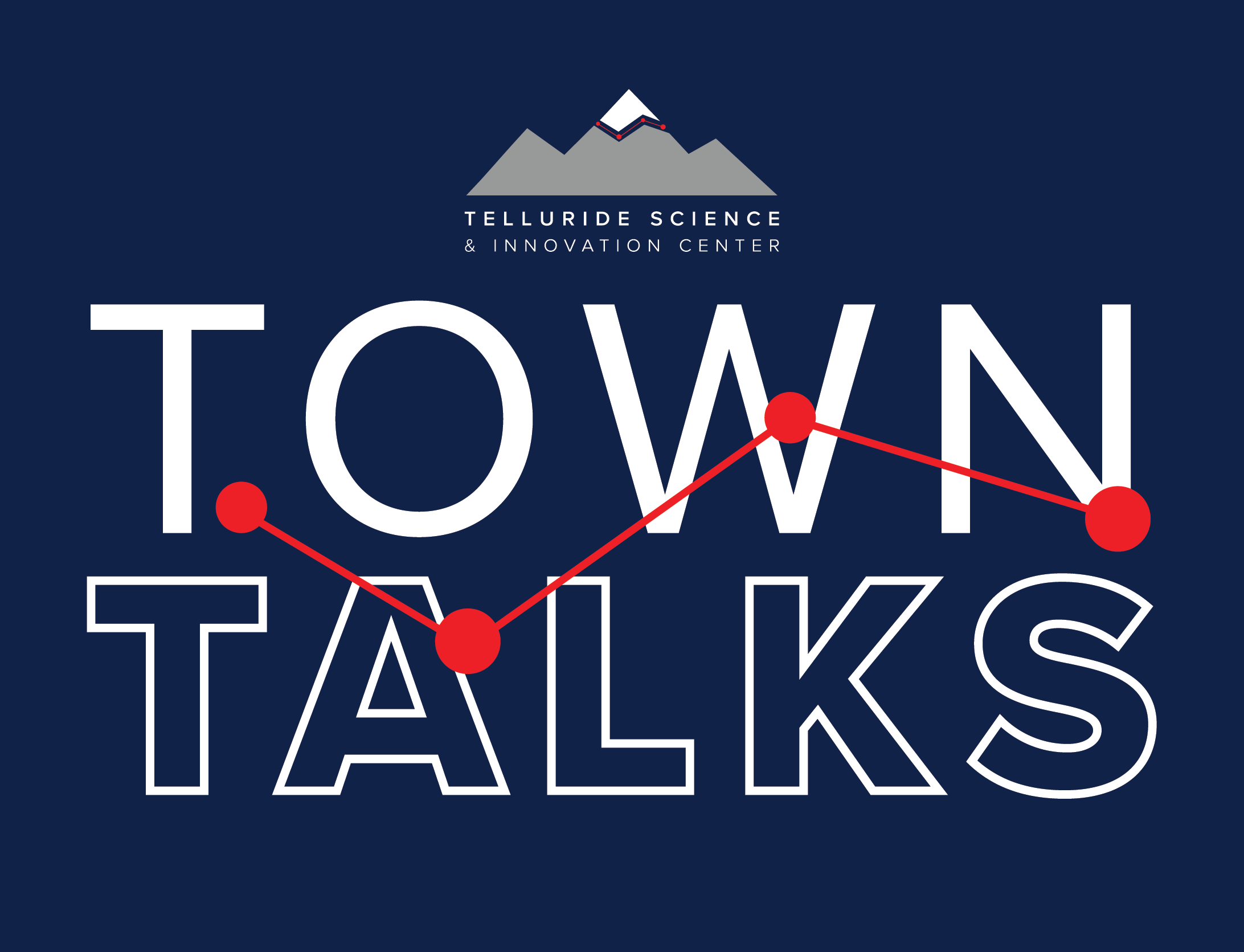16 Nov Shoulder Pain & Dysfunction Relief
Join Balance Medical Integration for an informative Project Longevity Series dinner lecture focused on understanding and overcoming shoulder pain and dysfunction. Presented by Dr. Jessica Balbo and Dr. Jason Bojar, this session will explore the most common causes of shoulder pain, innovative treatment strategies for...










